Marine Raiders vs. Green Berets: What you need to know
- By Coffee or Die
Share This Article
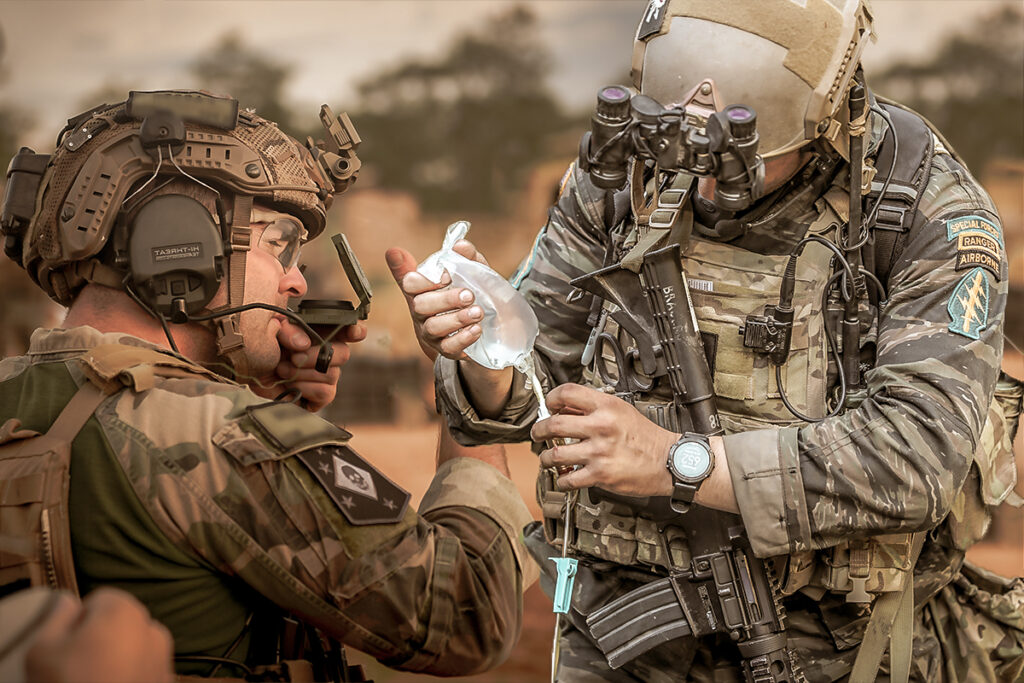
This article by Luke Ryan was originally published by Coffee or Die.
When there’s an iconic picture floating around of a special operator with a hefty beard and a well-worn rifle standing in some unspecified distant country, there’s a good chance that he hails from the U.S. Army’s Special Forces (SF, sometimes known as the Green Berets). These men are rough down to their bones, and while they are capable of and carry out direct-action raids, their primary mission is to train foreign nationals. The classic SF mission would be to insert into a hostile country, train a local group whose interests are aligned with the U.S., and then fight alongside them. This takes years of training and retraining, from learning languages to building explosives — and everything in between.
The U.S. Marine Corps Forces Special Operations Command (MARSOC) is the Marines’ contribution to special operations on today’s battlefield. Also known as Marine Raiders, they are capable of conducting complex direct-action raids and high-level reconnaissance. Raiders are not the same as Marine Force Recon — while Force Recon is an elite unit, it does not belong to the Special Operations Command (SOCOM) as MARSOC does. MARSOC is the most recent addition to the primary special operations groups, having been activated in 2006.

Related: Rangers vs. SEALs: Who’s had more impact in War on Terror?
Despite each special operations component’s legendary status, each one is constantly fighting for relevance. Today’s battlefield never stops evolving, and these so-called “special” groups wouldn’t be special if they didn’t evolve with it.
Coffee or Die spoke to Colonel Neil Schuehle (ret.), a Marine officer who had a seat at the table from 2002 to 2005 when the groundwork was laid for a Marine component to SOCOM. Schuehle was also the first commanding officer of the West Coast Marine Special Operations Battalion. He shed some light on some of the similarities and differences between MARSOC and the Army’s Special Forces.
One core mission-set that many groups are tasked to perform is FID (Foreign Internal Defense). This is the core SF mission — training foreign defense — but it has permeated every level of SOF, including MARSOC. Even units whose sole purpose is to violently hit targets in the middle of the night will at some point find themselves training foreign militaries and/or militants. As the climate of warfare continues to change, the nuances of war become more complex. Large, direct-action raids by American forces may not be a realistic option, even by secretive SOF groups, when friendly forces could be trained just over the border to accomplish the same mission. War is a game of chess, and sometimes the most brazen move isn’t the smartest.

MARSOC was also established with FID as its primary focus. They aren’t just casually training foreign nationals when required to do so overseas, “they have embraced their FID charter and have definitely put a Marine Corps stamp on it,” Schuehle said. Special Forces have Robin Sage as a culminating training exercise; MARSOC has Derna Bridge. Like SF, MARSOC operators are also required to learn a foreign language; however, like their SF counterparts, some go on to advanced training while others stay at a more basic level.
Another similarity between SF and MARSOC is that in addition to combat deployments, they tend to deploy to countries around the world who are allies of the United States. The deployment may be near a conflict area, or it could just be a friendly training deployment between two nations, sharing knowledge from some of their most valuable tactical assets. This is in contrast to a group like the U.S. Army Rangers, who generally only deploy to areas of major conflict.
It’s unlikely to have 30 Special Forces operators roll down into a valley to train some locals; more than likely, you’ll have about a dozen men, all highly trained and dead-set on keeping a low signature. MARSOC operates in small teams as well, but they train to a level where they can conduct larger-scale, infantry-type operations — a full-on assault with 100 men is not off the table for MARSOC, nor is it out of their training regimen.

Related: Should USSOCOM be its own military branch? A Navy SEAL weighs in
“We include CQB (close-quarters battle) in our basic course, whereas for both SEALs and SF, these are follow-on advanced courses,” said Schuehle. “This does create a basic element that deploys that has a more Ranger-like DA (direct action) capability, but that being said, the emphasis definitely remains on FID.”
As with all of the SOF groups, cultural rivalries abound. MARSOC is seen by some as the baby of SOCOM, struggling to find their niche and retain relevance as many jobs are being covered between the other groups. And if MARSOC is the baby, Special Forces might be seen as the great-great grandfather. They are also struggling to find relevance when the FID job is being handed to conventional forces and the DA missions are going to Special Mission Units like Delta Force and Rangers (the former has more DA training; the latter has more firepower per man, primarily with a larger arsenal of crew-served weapons).
The reality is that the jobs of special operators are constantly in flux, which means the jobs of all SOF groups are as well. What makes these groups — and the men in them — so special isn’t that they know how to shoot and conduct complex, tactical raids (though that is certainly part of it). Their primary edge is in their flexibility. MARSOC and SF will remain relevant as long as they prove that they can do what is required of them, whether that’s training foreign nationals, packing a heavy punch in a direction-action raid deep behind enemy lines, or something entirely different.
And as new conflicts roll around, these things will continue to evolve.
Read more from Sandboxx News:
Related Posts
Sandboxx News Merch
-

F-35 ‘Lightning’ Poster
$22.00 – $28.00 Select options This product has multiple variants. The options may be chosen on the product page -

F-35 ‘Evolution’ Poster
$22.00 – $28.00 Select options This product has multiple variants. The options may be chosen on the product page -
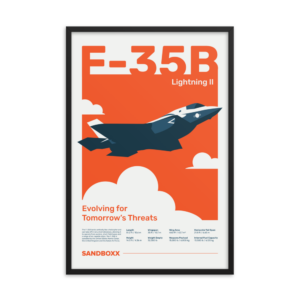
F-35 ‘Evolution’ Framed Poster
$45.00 – $111.00 Select options This product has multiple variants. The options may be chosen on the product page
Coffee or Die
Coffee or Die Magazine is Black Rifle Coffee Company’s online news and lifestyle magazine. Launched in June 2018, the magazine covers stories both about and for the military, first responder, veteran, and coffee enthusiast communities.
Related to: Special Operations
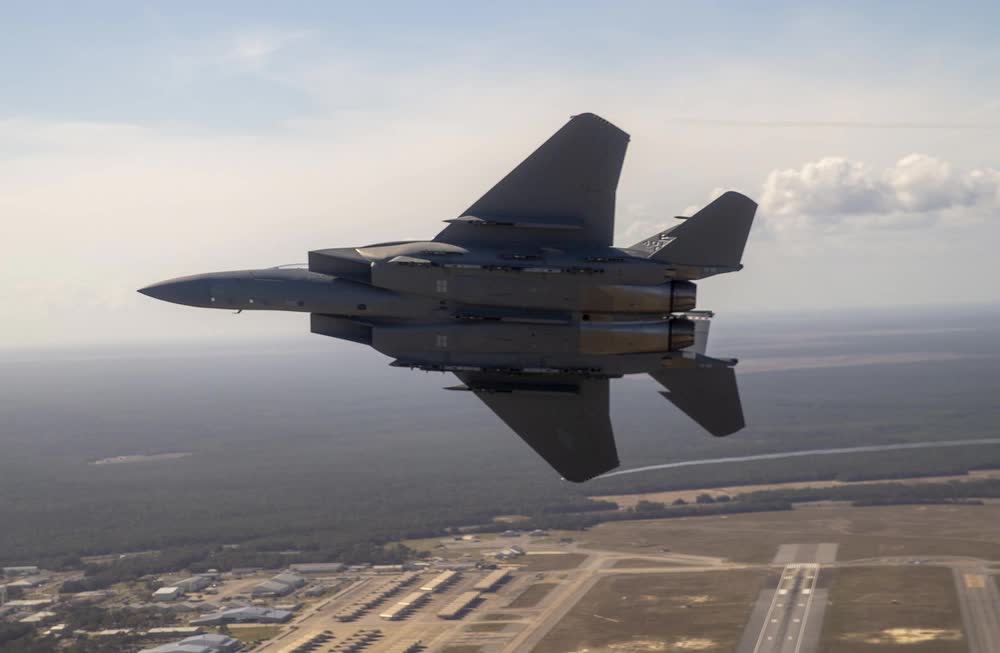
Video: The wild plans to use the F-15EX in the early days of a war
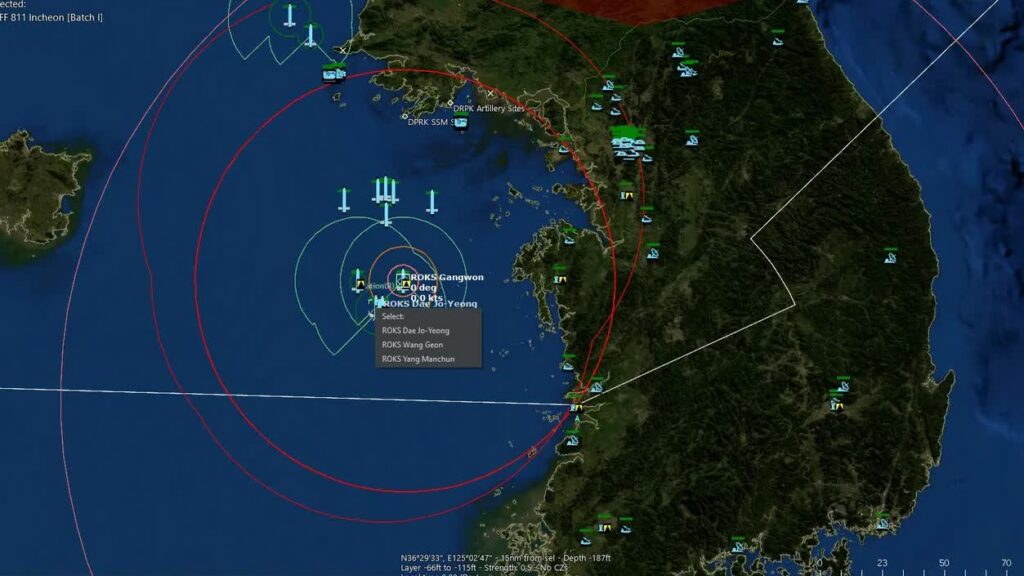
The Air Force is letting troops play a video game to prepare for global conflict
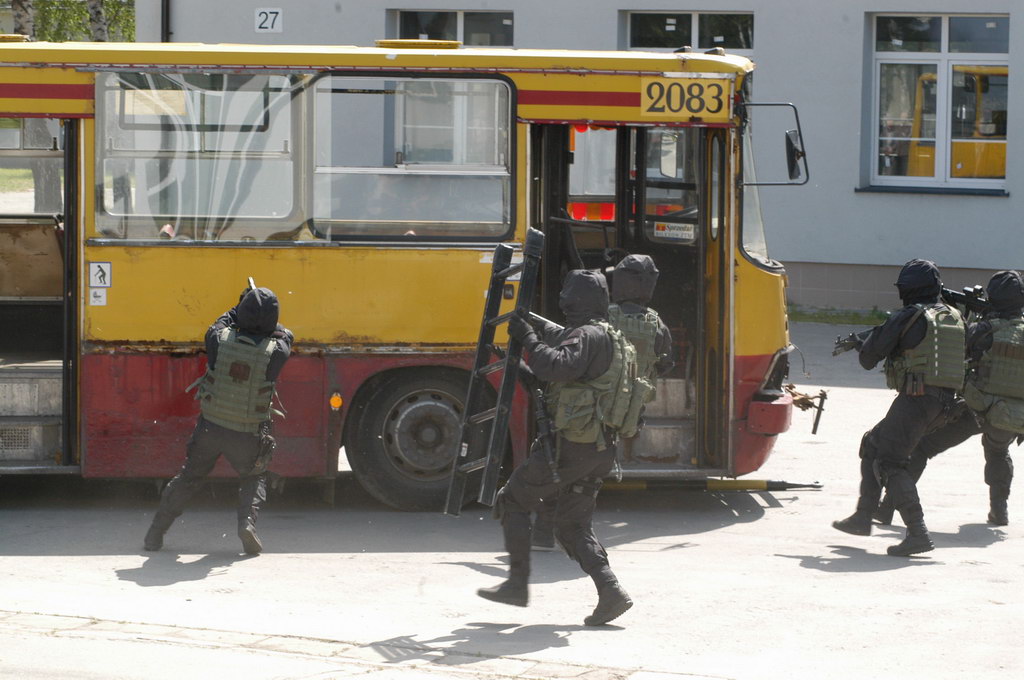
Delta Force escapades with Poland’s elite GROM special operations unit
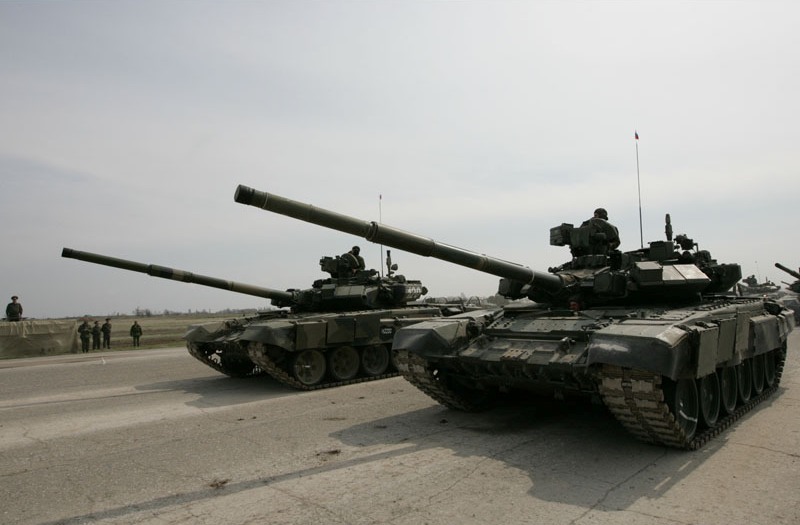
Ukraine is facing serious problems in the east, where Russia’s forces are grinding forward
Sandboxx News
-

‘Sandboxx News’ Trucker Cap
$27.00 Select options This product has multiple variants. The options may be chosen on the product page -

‘AirPower’ Classic Hoodie
$46.00 – $48.00 Select options This product has multiple variants. The options may be chosen on the product page -

‘AirPower’ Golf Rope Hat
$31.00 Select options This product has multiple variants. The options may be chosen on the product page -

‘Sandboxx News’ Dad Hat
$27.00 Select options This product has multiple variants. The options may be chosen on the product page
